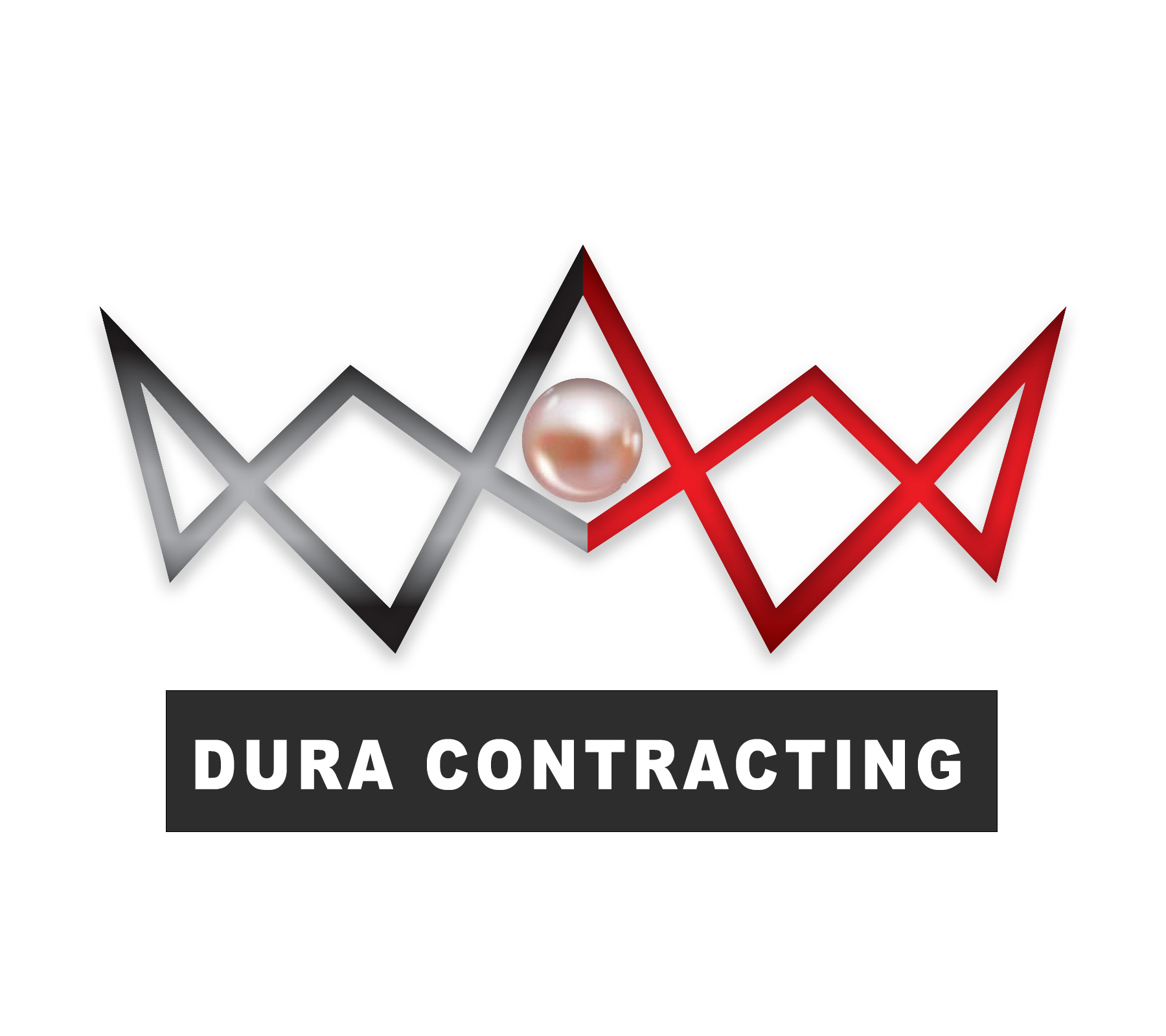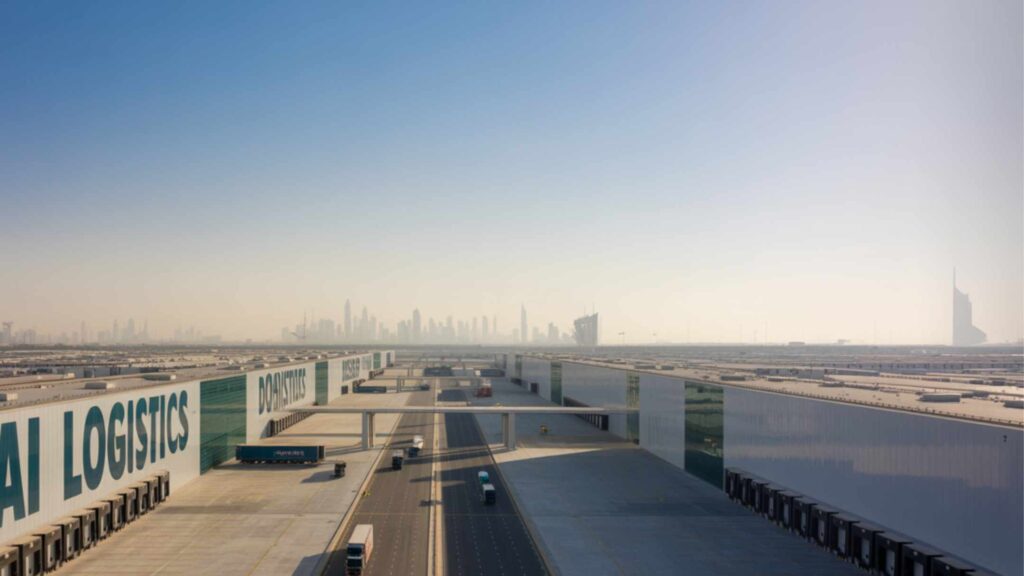As trade and logistics continue to expand in Dubai, the demand for specialized storage facilities is increasing rapidly. Different types of warehouses in Dubai—from pre-engineered steel structures to advanced cold storage facilities—are designed to serve specific business needs. The ideal choice depends on construction method, structural design, and functional use, all of which directly impact efficiency and operational performance.
This complete guide explores the types of warehouses in Dubai in detail, categorized by construction materials, building methods, structural design, and industry applications.
Table of Contents
1. Types of Warehouses by Construction Materials
The durability and efficiency of a warehouse largely depend on the materials used in its construction. Each material offers specific benefits in terms of cost, maintenance, and lifespan.
Steel Warehouses
Steel is the most common choice for modern warehouses due to its strength, versatility, and resistance to weather conditions. Pre-engineered steel warehouses are especially popular in the UAE, where construction speed and scalability are essential. Steel also supports wide column-free spaces, ideal for logistics and manufacturing storage.
Concrete Warehouses
Concrete warehouses are highly durable and offer excellent fire resistance. They are suitable for facilities requiring long-term stability and security, such as food storage or government stockyards. While initial costs are higher, maintenance requirements are low.
Wooden Warehouses
Less common in the UAE, but still used in certain industries, wooden warehouses are cheaper to construct but require frequent maintenance. They are not suitable for hot or humid climates, limiting their regional application.
Composite Material Warehouses
A hybrid of steel, concrete, and insulated panels, composite warehouses balance strength, cost-efficiency, and energy performance. These are widely used in temperature-sensitive storage like pharmaceuticals and frozen goods.
2. Types of Warehouses by Construction Methods
The method of construction impacts project timelines, scalability, and adaptability.
Pre-Engineered Warehouses (PEB)
Pre-engineered buildings are manufactured offsite and assembled quickly onsite. They reduce construction time by up to 50% compared to traditional methods. In the UAE, PEB warehouses are widely used for e-commerce, logistics, and retail distribution.
Conventional Warehouses
Built using traditional civil construction techniques, these warehouses are more time-intensive but allow full customization. They are ideal for specialized facilities, such as those storing hazardous materials or bonded warehouses.
Modular Warehouses
These warehouses use prefabricated components that can be assembled, dismantled, and relocated. They are popular for temporary logistics hubs and fast-growing businesses needing short-term storage solutions.
Fabric-Covered Warehouses
Using tensile fabric over a steel frame, these structures are lightweight, quick to deploy, and cost-effective. They are often used for seasonal storage, agricultural products, or temporary construction supply depots.
3. Types of Warehouses by Structural Design
Warehouse design impacts how space is utilized, movement efficiency, and long-term operating costs.
Single-Storey Warehouses
The most common in the UAE, single-storey designs offer large open floor space, easy loading/unloading, and high ceilings for vertical storage systems.
Multi-Storey Warehouses
Multi-level warehouses are gaining traction in high-density urban areas where land is expensive. They maximize storage capacity without expanding the land footprint.
Automated Warehouses
Equipped with robotics, conveyors, and advanced warehouse management systems (WMS), these facilities reduce labor dependency and increase accuracy. With Dubai’s focus on smart logistics, automated warehouses are becoming a regional priority.
Climate-Controlled Warehouses
Structural designs that incorporate insulated walls, HVAC systems, and humidity control are used for sensitive goods such as food, medicines, and electronics. In the UAE’s climate, these are critical for supply chain integrity.
4. Types of Warehouses by Functionalities
Functionality determines how a warehouse supports the supply chain. Different industries require specialized facilities.
Public Warehouses
Owned by government or private entities and available for public use. SMEs in the UAE often rely on these for cost-effective storage without owning infrastructure.
Private Warehouses
Built and operated by large enterprises for their own distribution. Retail giants and logistics companies commonly invest in private warehouses for full control.
Bonded Warehouses
Used for storing imported goods before customs clearance. These play a vital role in UAE’s free zones, supporting re-exports and international trade.
Cold Storage Warehouses
Essential for perishable goods such as fruits, vegetables, seafood, and pharmaceuticals. Cold storage capacity is expanding rapidly in the UAE due to rising demand in food imports and pharma distribution.
Distribution Centers
Designed for quick movement of goods rather than long-term storage. They are typically located near ports, airports, and highways for faster supply chain delivery.
Smart Warehouses
Integrating IoT, AI, and automation for real-time monitoring, smart warehouses improve inventory accuracy and reduce waste. In the UAE, they are increasingly adopted by the e-commerce and retail sectors.
Conclusion
The right warehouse design is never one-size-fits-all. Businesses must evaluate their storage needs, supply chain models, and long-term growth strategies before investing. In the UAE’s competitive logistics landscape, the right choice can directly impact efficiency, costs, and customer satisfaction.
At Durra Altaj Contracting Services, we specialize in designing and building customized warehouse solutions, from pre-engineered steel structures to advanced climate-controlled facilities. Contact us today to discuss your project requirements and get expert guidance.
Frequently Asked Questions (FAQs)
Which type of warehouse is most common in the UAE?
Steel-based pre-engineered warehouses are the most common due to their durability, scalability, and fast construction timelines.
What is the difference between public and private warehouses?
Public warehouses are available for multiple businesses to rent, while private warehouses are owned and operated by a single company for its exclusive use.
Are automated warehouses cost-effective?
Yes, although they require higher upfront investment, automated warehouses reduce labor costs, minimize errors, and improve throughput in the long run.
Why are cold storage warehouses critical in the UAE?
Given the hot climate and reliance on imported perishable goods, cold storage ensures food safety and preserves pharmaceuticals and other temperature-sensitive products.
How do bonded warehouses support international trade?
They allow importers to store goods without paying customs duties immediately, which is especially useful for re-exports and international shipping hubs.
Are mezzanine warehouses suitable for retail businesses?
Yes, mezzanine warehouses help retailers maximize space by adding intermediate floors, making them efficient for inventory management in limited urban areas.
What should I consider before choosing a warehouse type?
Key factors include storage needs, budget, industry type, future scalability, and compliance with UAE regulations.



